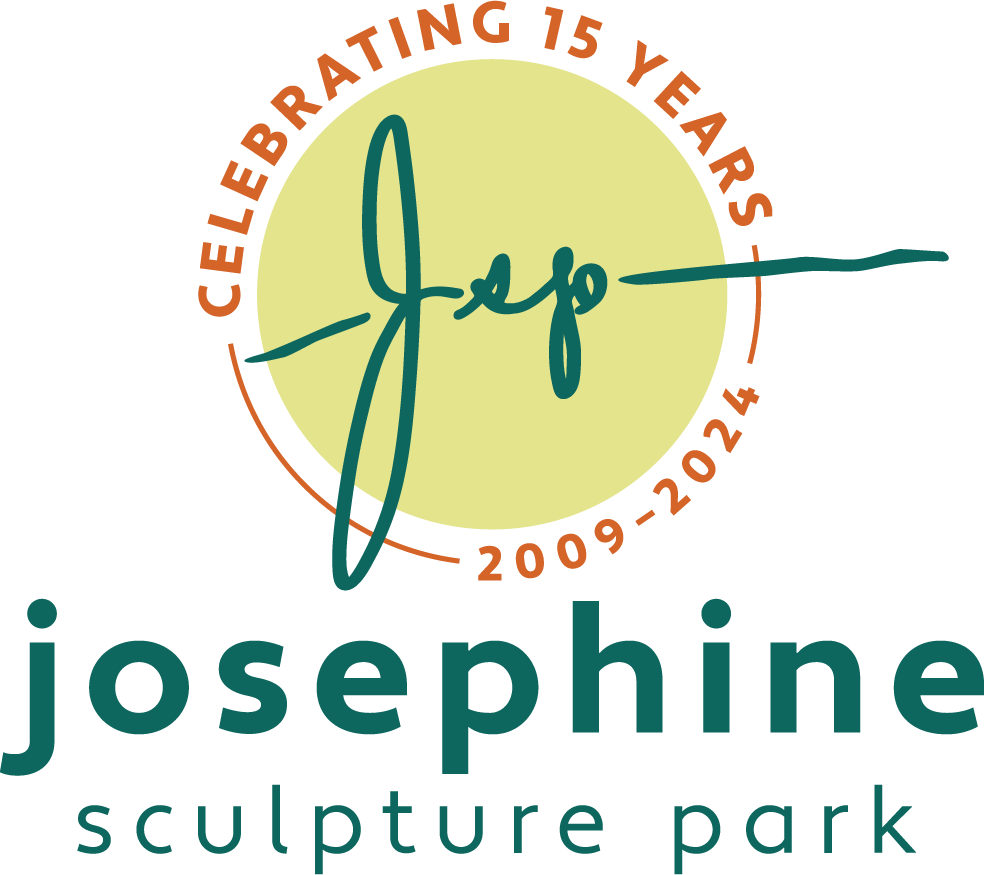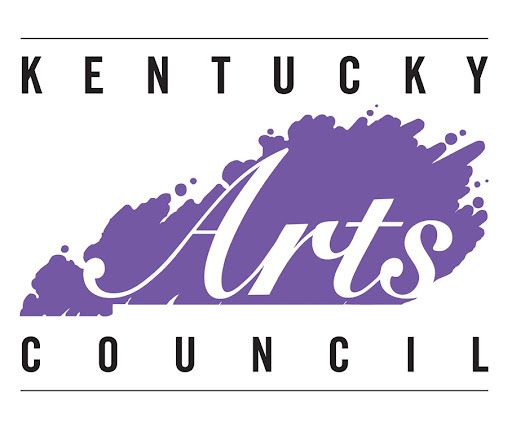Conservation
Where Art Meets The Earth
"Where Art Meets The Earth" is more than a tagline for us. Conserving the 40-acre park property and restoring its native wildlife habitat are fundamental projects for staff, volunteers, and partners. We know that connecting with nature improves the social and ecological health of our communities and inspires long term action to care for the environment.
The park grounds provide a variety of ecosystems to explore. The 70+ artworks are strategically placed along 2 miles of mowed trails that wind throughout the rolling terrain of meadows, fields, and young forests. Ongoing initiatives focus on revitalizing several wooded areas, introducing native plants, and removing invasive plants throughout the park. Look for educational signage to learn about the conservation work in progress.
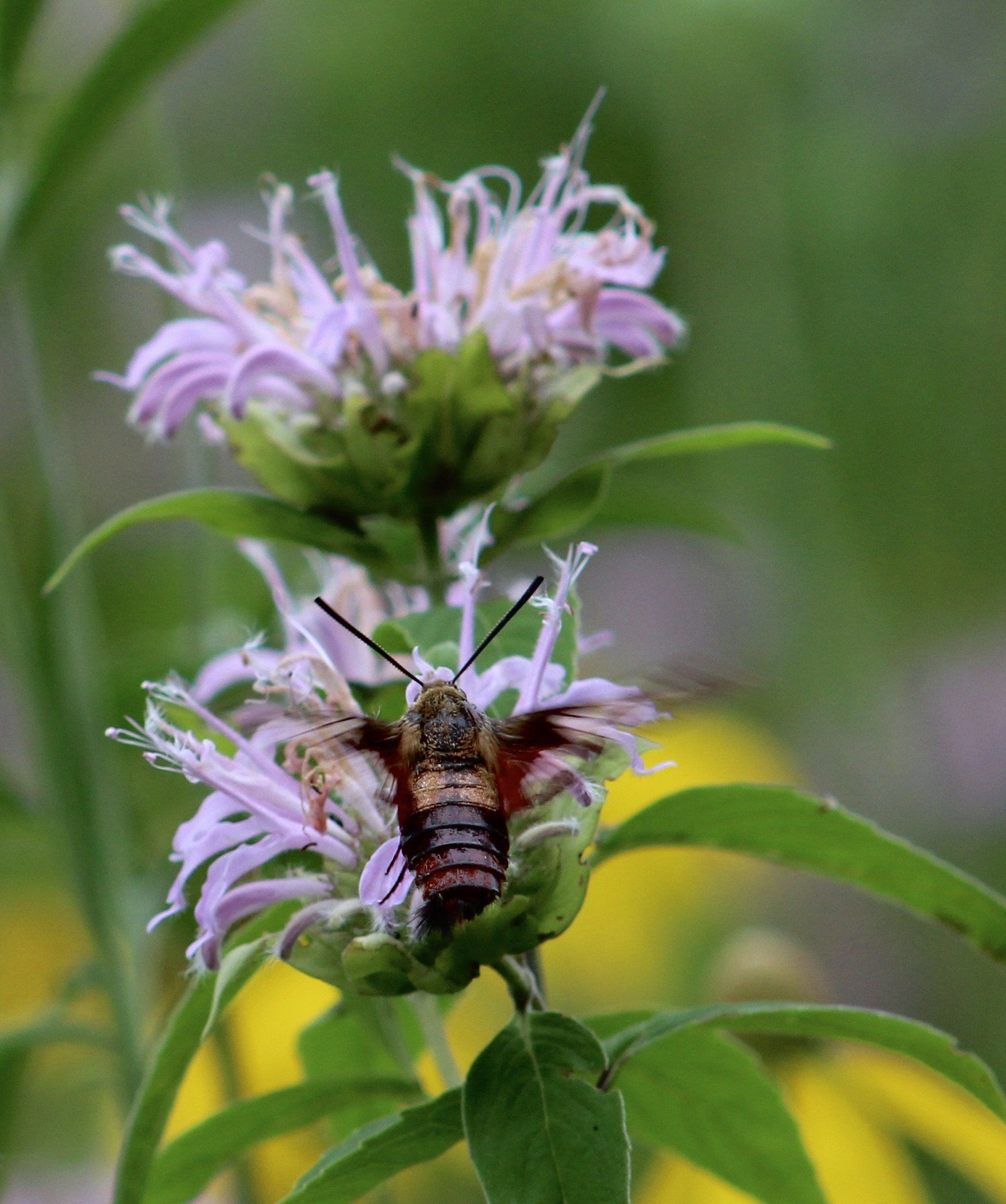
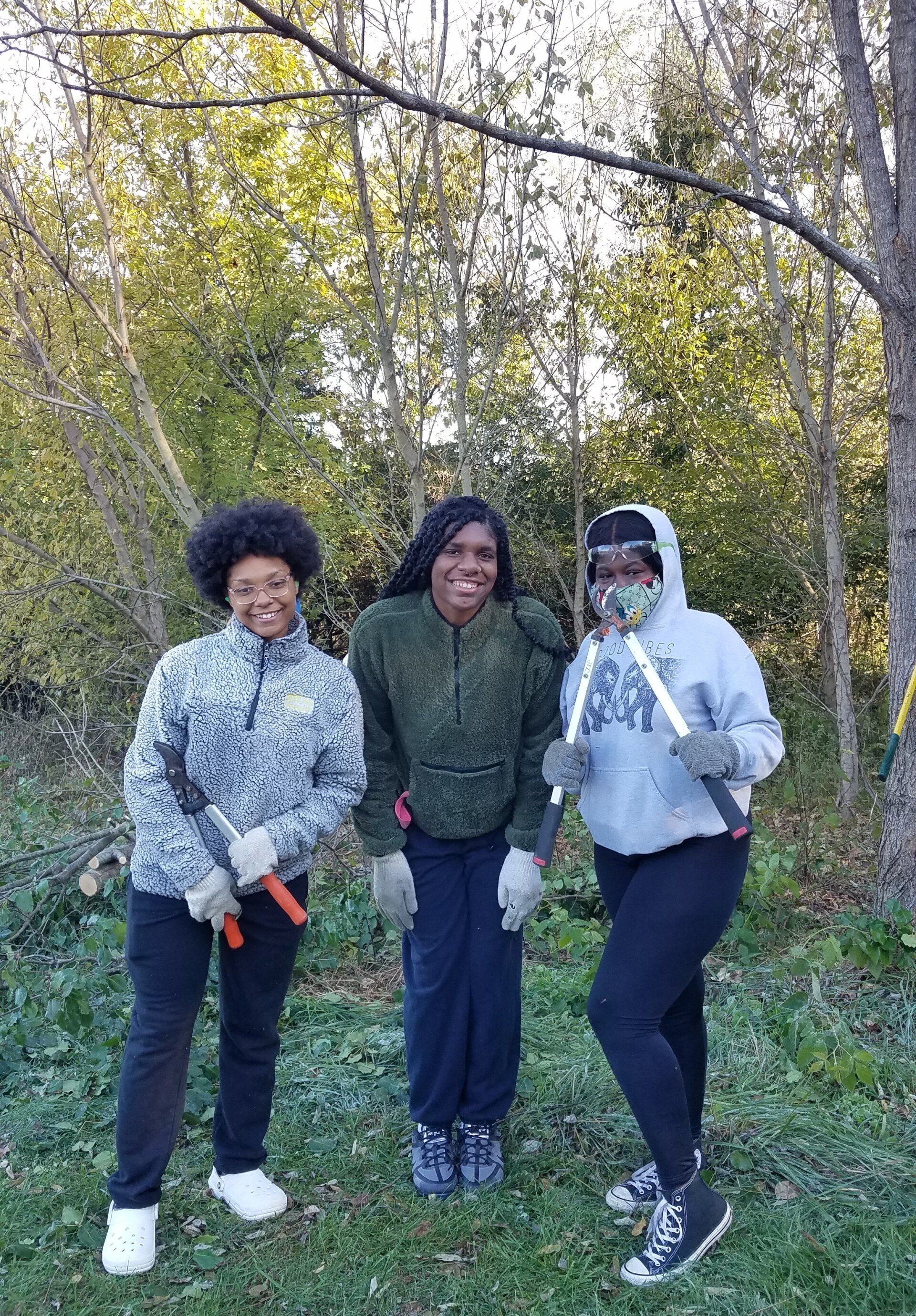
Land Conservation & Native Plants
We are committed to conserving land to expand contiguous habitat for native plants and wildlife and further increase our community’s access to nature and the arts. Through our Capital Campaign (2018-2022), we secured an additional 10-acre land purchase. In the future, we plan to establish a conservation easement to secure the land in perpetuity.
Our land management approach includes letting select areas grow naturally, introducing more native plant species, and removing invasive plant species. Example key projects include reforesting sections of the park with thousands of native tree saplings, removing invasive Callery and Bradford Pear trees, and establishing three native wildflower and grass meadows. Explore this inventory of native and invasive plant species you can find at the park.
Reforesting is a very important part of our work to provide wildlife habitat, support soil health, and increase biodiversity. Reestablishing forests also helps address noise and light pollution that disturb animal habitats. More mature trees along the edges of the park, including the "Grandmother Tree," are seed sources to aid forest recovery. Pink tape and bamboo sticks mark the native tree saplings planted throughout the park.
Birds, Pollinators, & Other Wildlife
All living things need food, water, shelter, and space to survive. These elements make up a habitat. Rapid and large-scale habitat loss worldwide makes it harder for wildlife everywhere to survive. We manage land with the intent to increase wildlife habitat. The park is even considered Certified Wildlife Habitat by the National Wildlife Federation! JSP's diverse habitat structures - a mix of meadow, young forest, and a pond - provide watering, feeding, and sheltering areas for wildlife like birds, rabbits, and deer. Native plants attract and provide food and shelter for wildlife such as butterflies and bees. We accomplish this work with the help of amazing partners:
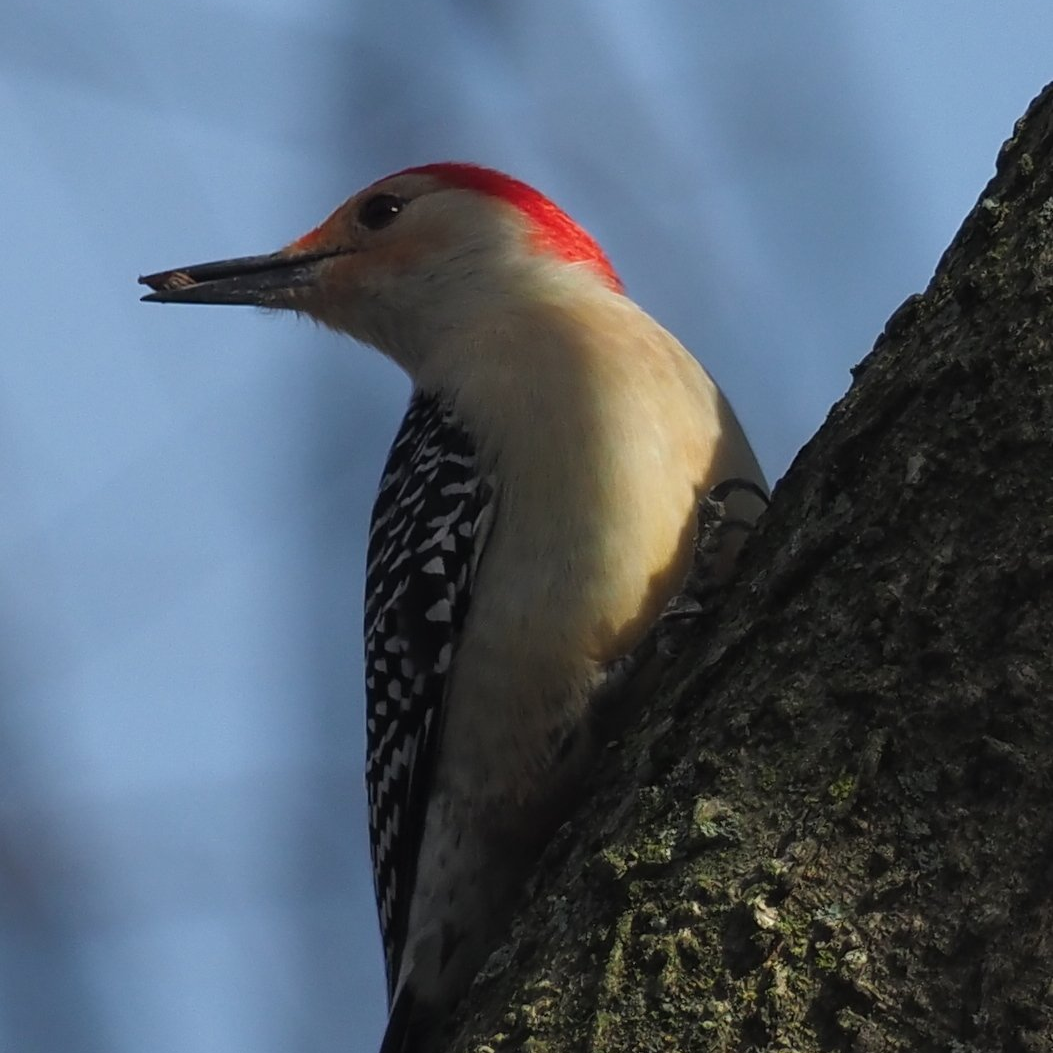
-
Birding
Wild Birds Unlimited (Frankfort, KY) has donated supplies for three bird feeder stations, which provide food for birds as well as create educational and inspiring bird viewing opportunities for visitors! Our sculptural bird blind also allows visitors to observe birds without visually disturbing them. JSP refills bird feeders once weekly.
Frankfort Audubon Society promotes the park on the Frankfort Birding Trail and maintain a list of bird species spotted at the park, which you can check out on our eBird site.
-
Bluebird Trail
Wild Birds Unlimited (Frankfort, KY) manages and volunteers monitor 11 nest boxes around the park. The trail creates safe nesting habitat for native cavity nesting birds, like the Eastern Bluebird. Trained volunteers monitor the boxes and report on brood progress. JSP’s Visitor Center displays a sign with up-to-date numbers of the species in our nest boxes, as well as the number of eggs, hatched, and fledglings. Contact us if you are interested in being trained to monitor the JSP Bluebird Trail.
-
GROW WITH US
This initiative in partnership with Inside Out Landscape Design reintroduces native trees and plants around the park’s amphitheater as an interactive, living sculpture, titled Metamorpho-Nest by Andrea Wilson Mueller. Native plants were selected based on their host potential to provide food and shelter for a variety of wildlife including birds, butterflies, bees and other pollinators. These host plants will also create shade, reduce erosion, filter air pollutants, and sequester carbon. GROW WITH US and Metamorpho-Nest create engaging learning opportunities for visitors and benefit the environment for all.
Sustainable Infrastructure
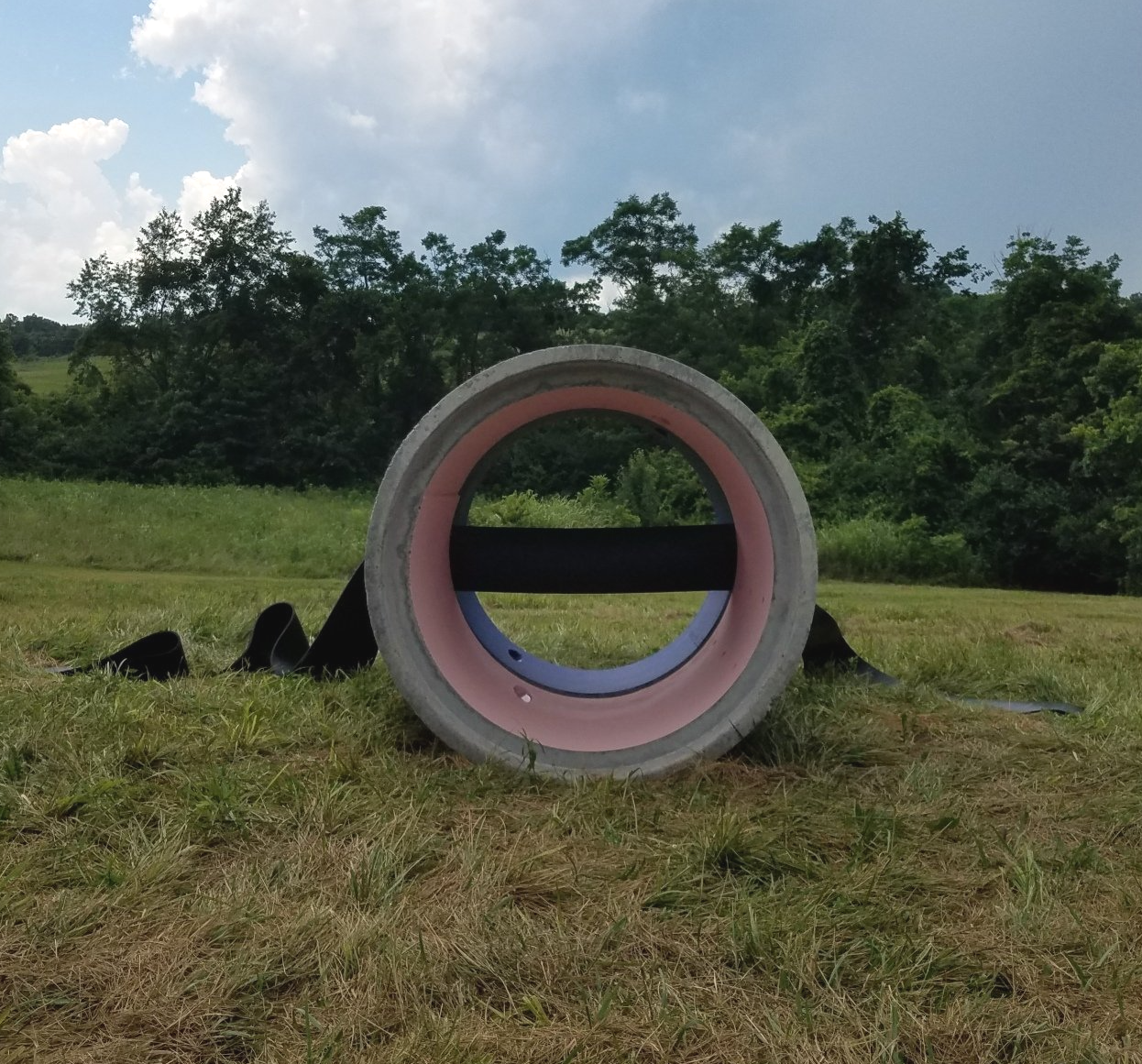
-
Waste & Litter Reduction
We expect visitors to dispose of their waste in the trash or recycling bins provided throughout the park. We provide a water bottle refill station in our Visitors Center to encourage using reusable containers. We also store objects from the grounds that would otherwise be thrown in the landfill for Artists in Residence to reuse in their sculptures as desired.
-
Water Conservation
Our permanent, year-round, ADA accessible restroom facility is a waterless toilet. The All Season Enviro Loo (“Eloo”) requires no water and functions through gravity, passive solar, and wind ventilation. The Eloo provides a safe, non-polluting, and cost and energy efficient alternative to the traditional, seasonal restrooms located at the Visitors Center.
We also capture rainwater for program and landscape support, as well as erosion control, at our event barn. Learn how to construct your own rainwater catchment system in this video by Kentucky State University Cooperative Extension.
-
Renewable Energy
Our long term plan is to shift to all renewable energy, which is underway one step at a time. Our golf carts for visitor mobility assistance and utility are electric. In 2022, we transitioned our tools and generator from gas-power to rechargeable battery-power. These electric machines reduce our dependence on fossil fuel and reduce our carbon emissions. Also, they are quieter and reduce noise pollution, helping make opportunities to connect with nature more accessible and enjoyable.

Connecting with Nature
Our local and global communities face human-caused environmental injustices, climate change impacts, wildlife habitat destruction, and much more. Research reveals that an individuals’ nature connection is highly predictive, more predictive than knowledge, in promoting pro-environmental behaviors. We invite visitors to emotionally connect with nature and to experience that social (human) and ecological (more-than-human) wellbeing are symbiotic. This framework is known as the socio-ecological model of resilience, which inspires our work at JSP every day.
We believe that by increasing access to nature and providing creative experiences that cultivate visitors’ connection with nature and people, we are inspiring them to care for one another and the environment. We do this through the grounds and exhibition, large events, and environmental and arts education programs. Arts-based environmental education activities are one fantastic way to enhance individuals’ environmental literacy and connection with nature, fostering a commitment to environmental stewardship. Ultimately, we believe this work will help make the world a better place.
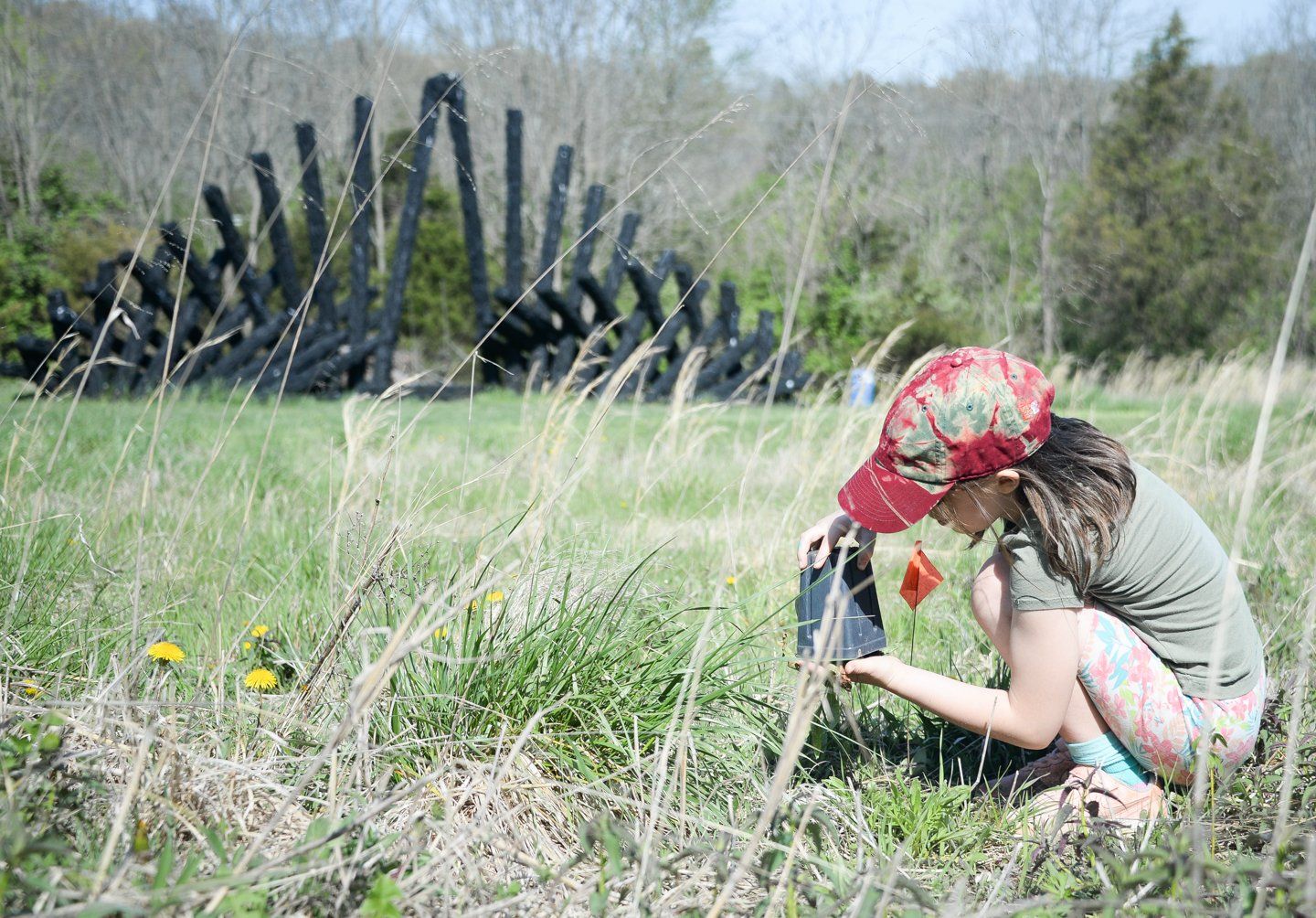

We need you! From Eagle Scout projects to pulling garlic mustard for a few hours, we have a variety of conservation-related volunteer opportunities throughout the year. Join us to help create a healthier, more resilient and beautiful park and Earth for us all.
The Park shares our rotating exhibition of contemporary sculpture and murals in the natural beauty of Kentucky’s native, rural landscape. We provide opportunities for artists and visitors of all ages and backgrounds to make genuine and creative real-life connections with nature.
Several areas throughout the Park are in different phases of restoration, and the Park is working hard to secure our 40 acres of land for generations to come. Your membership and donations support this effort all year long!
support JSP today
We respectfully acknowledge that Josephine Sculpture Park exists on the traditional land of the Shawnee, Osage, Cherokee, Yuchi, Adena and Hopewell Peoples.
Copyright © 2022 · All Rights Reserved ·
Josephine Sculpture Park Designed and developed by
Cultivate Creative.
